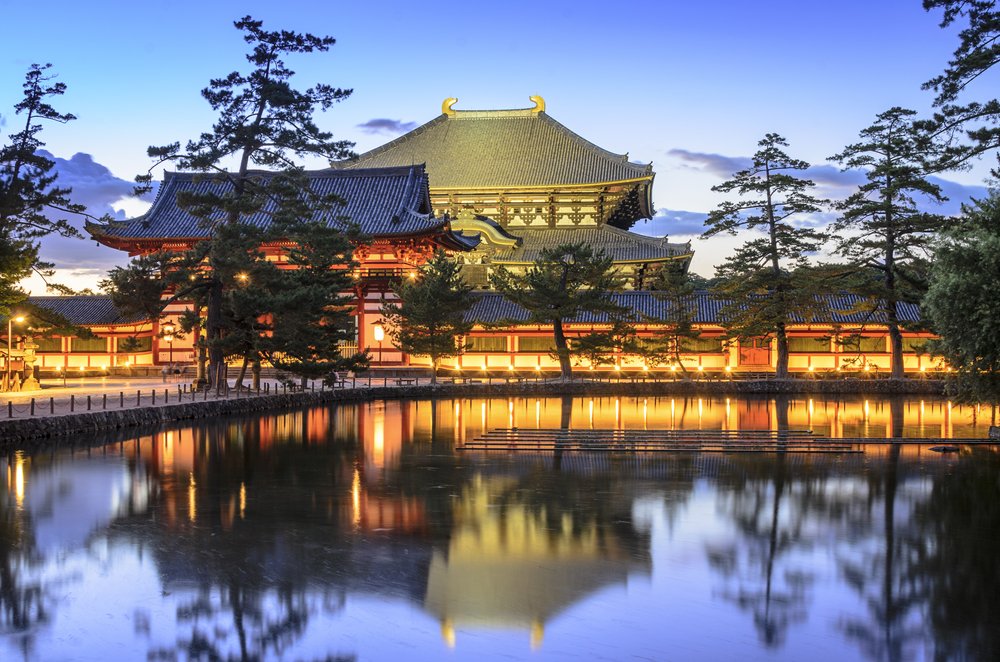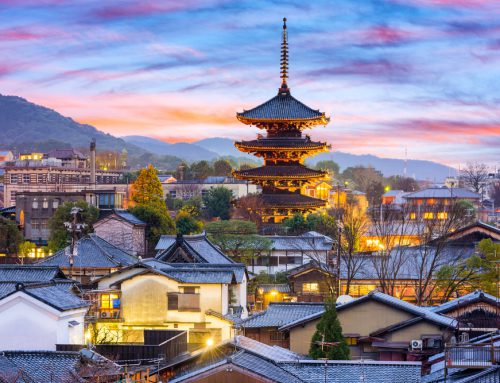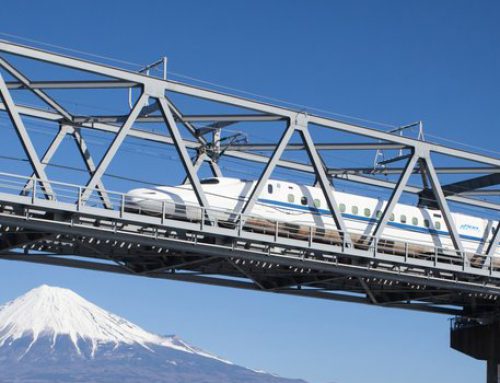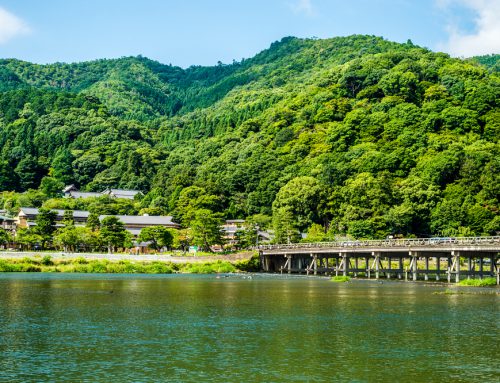Nara is a city in the Kansai region acknowledged for its ancient shrines and temples. It is home to the UNESCO World Heritage Site known as the Historic Monuments of Ancient Nara, which refers to several landmarks that have played significant roles in Japanese history.
What to See
With all of its centuries-old temples and shrines, visiting Nara will take you on a trip into the past. If you are planning to spend a weekend there, the following are some attractions that should be included in your itinerary:
Nara Park
A park found in the centre of Nara and home to many important landmarks, as well as several free roaming deer
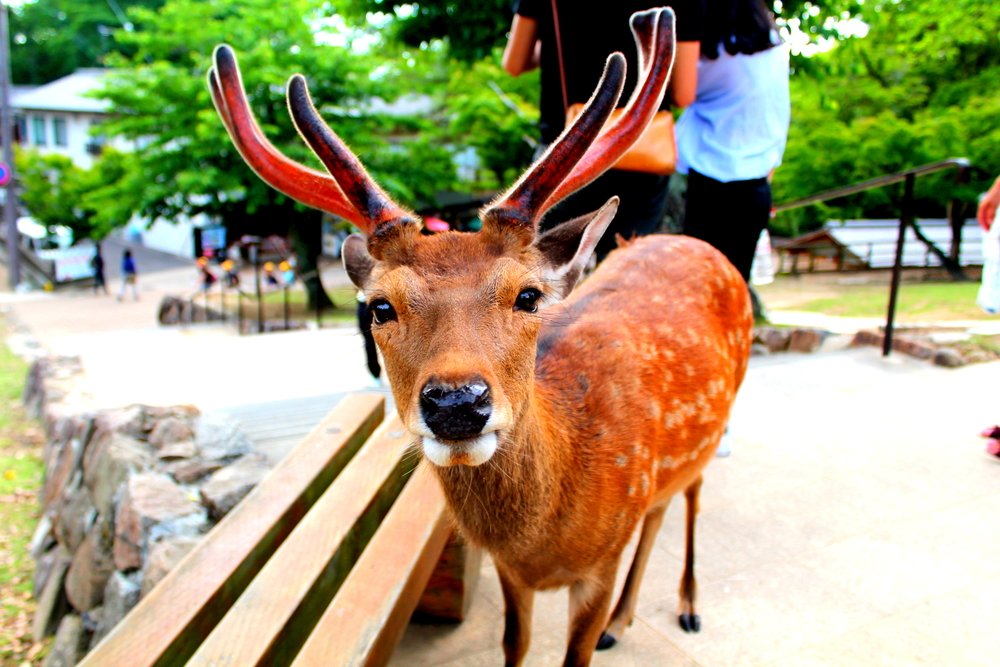
Todaiji Temple
Also known as the “Great Eastern Temple”, it is a Buddhist temple that was built in 752
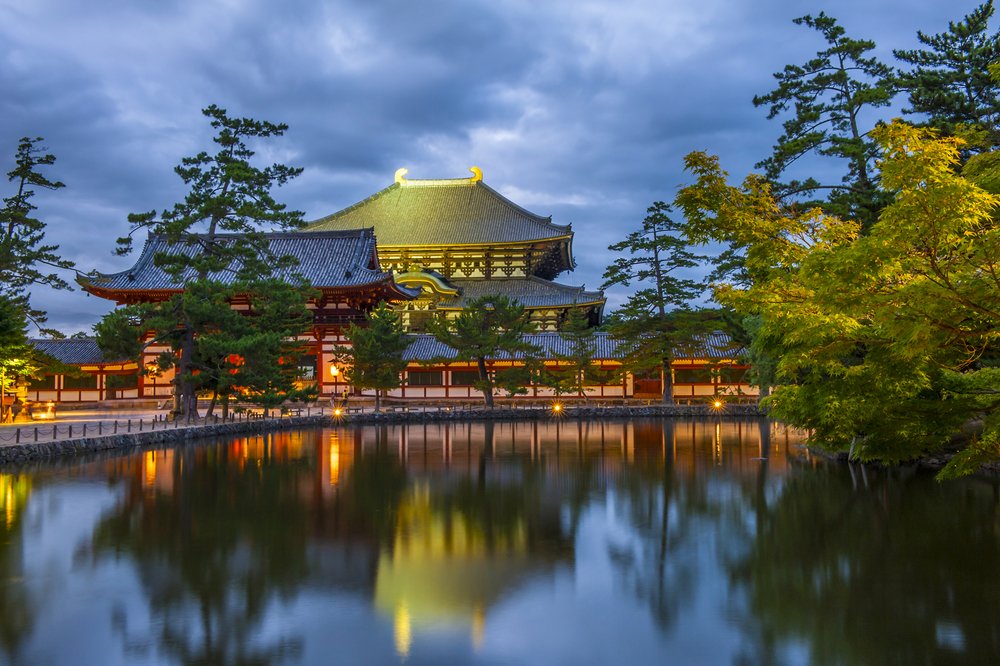
Kasuga Taisha
Built when Nara was declared Japan’s capital city in the 8th century, it is the most celebrated Japanese shrine
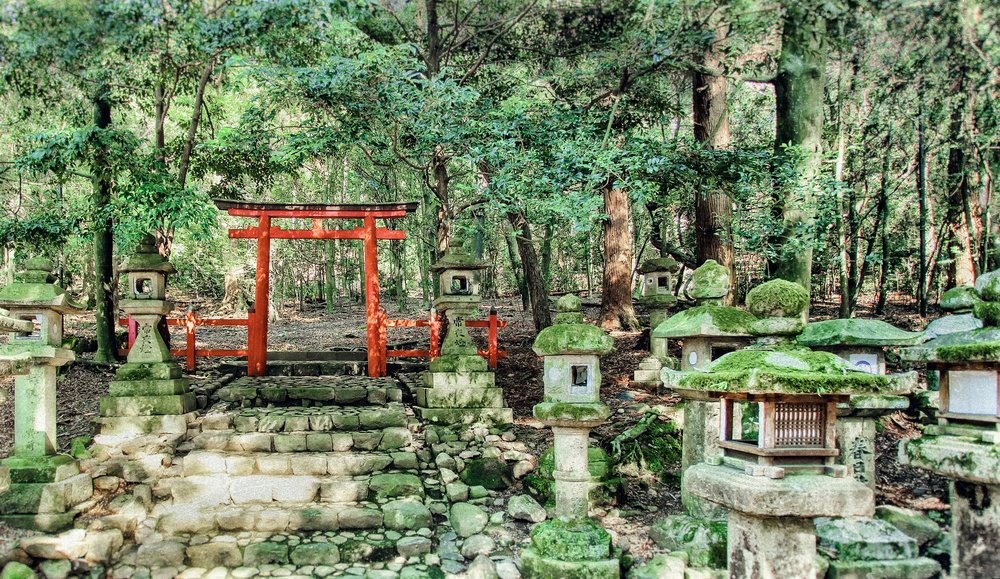
Horyuji Temple
One of the oldest temples in Japan, constructed in 607
Yoshikien Garden
A Japanese-style garden that is found along the Yoshikigawa River
Kofukuji Temple
Former family temple of the Fujiwara clan
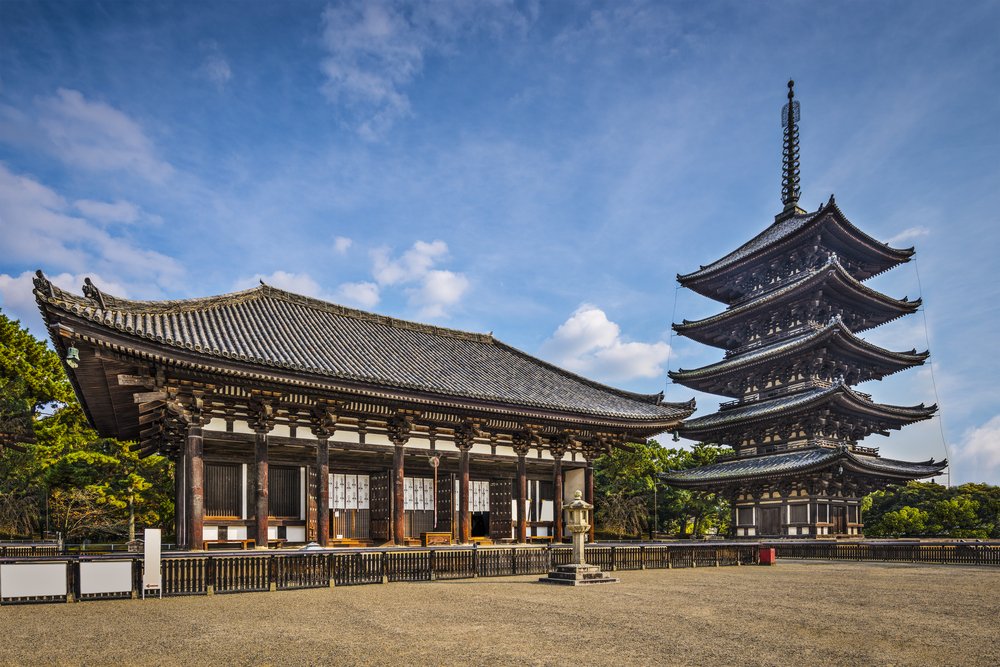
Shin-Yakushi Temple
A Buddhist temple dedicated to the patron of medicine, Yakushi Buddha
Naramachi
An old merchant town where many warehouses, residences and buildings built during the Edo Period are now open to the public as museums, shops and restaurants
Heijo Palace
Former site of the Japanese emperor’s government offices and residence
How to Get There
From Tokyo, take the Shinkansen going to Kyoto Station and transfer to the Miyakoji rapid train line going to Nara Station. This route is ideal for JR Pass holders as the entire journey is covered by the pass.
Alternatively, you may take the Kintetsu Railways limited express or direct express trains from Kyoto Station and get off at Kintetsu Nara Station.
How to Get Around
Upon arriving at Nara Station, there are several options for getting around the city’s different attractions.
Because a lot of the temples and shrines are within the vicinity of Nara Park, which is about 20 minutes by foot from Nara Station, walking from one site to another is quite popular.
The city also has a bus service that connects these attractions. Purchasing a Nara Bus Pass, which costs 500 yen for an unlimited number of rides within a restricted zone for one day and 1,500 yen for an unlimited number of rides in a larger zone for two days, is recommended.



